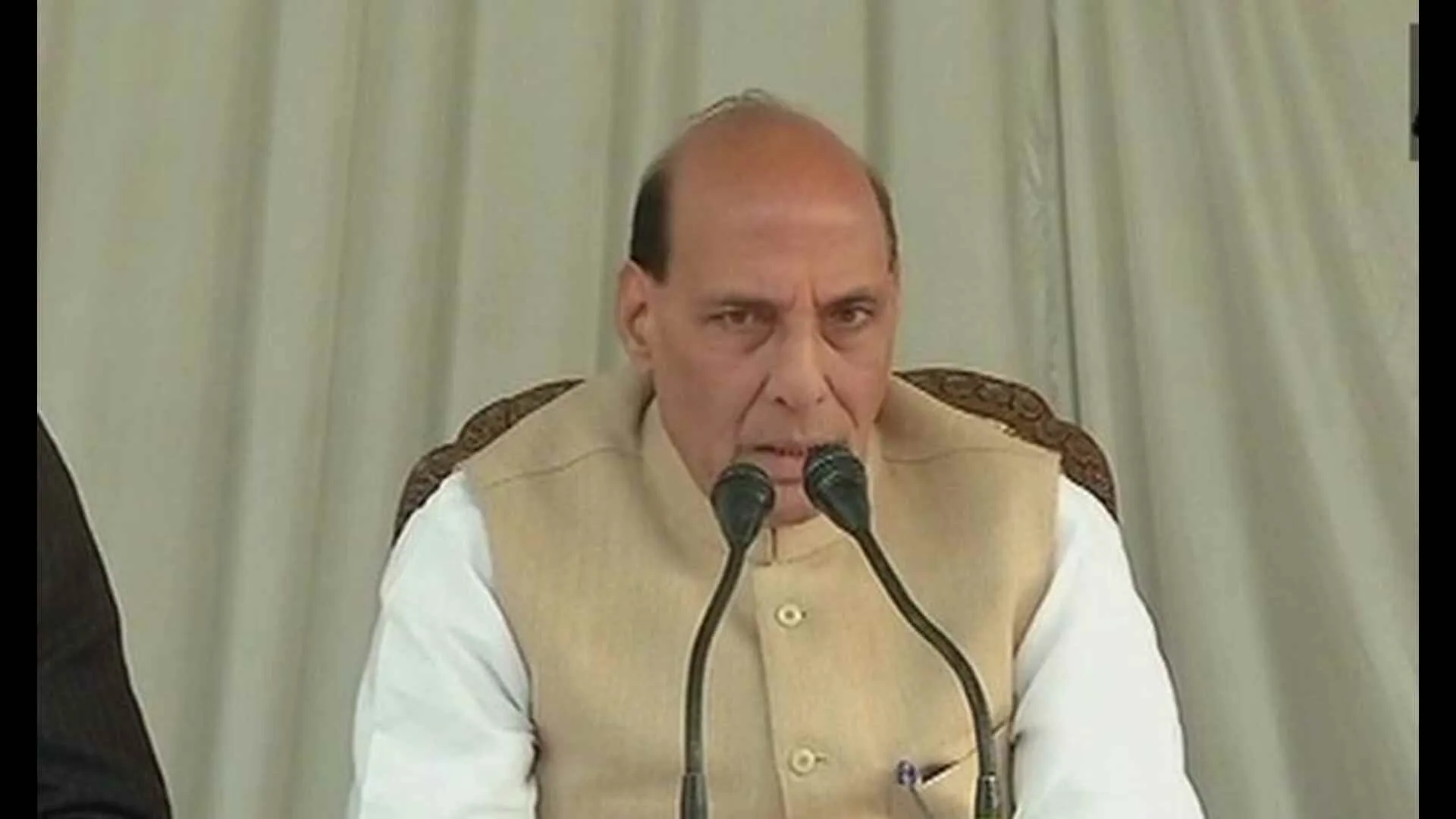The latest report from the United Nations, titled “World Population Prospects 2024,” offers a comprehensive view of how the global population is expected to evolve over the coming decades. Here’s an insightful breakdown of the key findings and projections:
Rising Global Population
According to the report, the world’s population is on track to peak at 10.3 billion by the mid-2080s, a significant increase from the current 8.2 billion in 2024. This growth trajectory, driven by historical demographic momentum, underscores the challenges and opportunities nations will face in managing resources and infrastructure to sustain such a population surge.
India’s Population Dynamics
India, having surpassed China in 2023 to become the most populous nation, is projected to reach its peak population of 1.701 billion by 2062. This demographic shift emphasizes the need for proactive policies to harness the potential demographic dividend that a youthful population can offer.
Longevity and Aging Population
Since 2022, global life expectancy has rebounded across nearly all countries, rebounding from setbacks caused by the COVID-19 pandemic. By 2054, the average global life expectancy is expected to rise to approximately 77.4 years, with a notable increase in the proportion of elderly populations by the late 2070s.
Economic Implications and Opportunities
Countries with a youthful demographic profile, such as India, are urged to invest in infrastructure, healthcare, education, and employment opportunities to leverage this demographic advantage. The report underscores the potential economic benefits of a growing working-age population, urging policymakers to seize this window of opportunity for sustainable development.
Immigration and Population Stabilization
In many nations facing low birth rates and an aging population, immigration is projected to play a crucial role in mitigating population decline. Policies that support education, delay early marriage and childbirth, and empower women are highlighted as effective strategies to achieve sustainable demographic stability.
Conclusion
The UN’s “World Population Prospects 2024” report paints a nuanced picture of global demographic trends, emphasizing the need for proactive and inclusive policies to navigate the challenges and capitalize on the opportunities presented by shifting population dynamics. As nations prepare for a future shaped by population growth and aging, strategic investments in human capital and sustainable development will be key to fostering a prosperous and equitable global society.
This forward-looking perspective underscores the importance of international cooperation and informed policymaking in shaping a sustainable future for generations to come.























